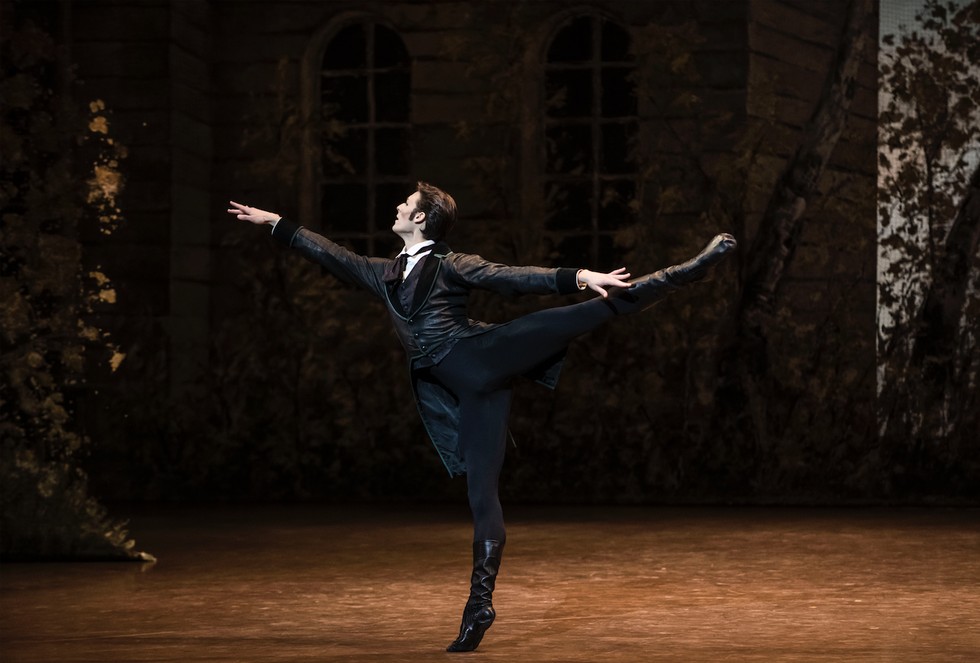Onegin, a ballet character of complex shades, embodies neither pure good nor unadulterated evil. My journey into this role began with Alexander Pushkin’s verse poem, a challenging exploration of a deeply Russian emotional landscape. Onegin, a man of intellect and education, grapples with existential melancholy and a self-centeredness that unwittingly wounds those around him.
Initially, I didn’t anticipate dancing this role so early in my career. John Cranko’s Onegin is often entrusted to seasoned dancers. However, I believe younger casts bring a unique perspective, especially with the guidance of experienced coaching. Reid Anderson, who staged the ballet at the Paris Opéra Ballet, emphasized the importance of physicality—the weight in a walk, the expressiveness of hands—while also encouraging us to trust our instincts. For example, in the Act I mirror pas de deux, I embraced youthfulness and ardor, aligning myself with Tatiana’s idealized perception of Onegin, a figure not yet consumed by darkness.
There were moments of significant self-doubt regarding my interpretation. Onegin’s inherent boredom presents a unique challenge. When he walks with Tatiana, seemingly indifferent, the risk is appearing simply mean or harsh. The reality is his disinterest. I worried the audience wouldn’t grasp this nuance, the subtle interplay of contrasting emotions demanding precise technical control.
The Onegin pas de deux are the most demanding I have ever performed, even surpassing those in Manon. Despite their seeming slowness, they are incredibly fast-paced, with almost every note corresponding to a specific step. While in many ballets the male dancer shoulders the majority of the partnering work, in Onegin, the ballerina’s strength is equally crucial. It’s a true 50/50 collaboration, requiring impeccable coordination. The final pas de deux, at the end of Act III, is both stunning and exhausting. Maintaining lucidity is paramount to ensure the partnering unfolds as planned, especially given the large and slippery nature of Tatiana’s dress. The near-misses between the two characters suggest that Onegin is enamored with the idea of being in love, rather than with Tatiana herself. He desires what remains unattainable.
 Hugo Marchand as Onegin, portraying the character's complex emotions and internal struggles in the Paris Opéra Ballet production.
Hugo Marchand as Onegin, portraying the character's complex emotions and internal struggles in the Paris Opéra Ballet production.
Before performances, I sought solitude to immerse myself in the historical atmosphere and the character’s mindset. Aurélie Dupont, my director, observed my somber presence in the wings, noting its almost frightening intensity. Onegin was a profound artistic and personal challenge, one I am still processing. As a result of this experience, I’ve decided to pursue acting classes, seeking to enhance the clarity and depth I bring to the characters I portray onstage.
Tip for dancers in Paris: Thoroughly research the role well in advance. Onegin is not a ballet where you can simply rely on choreography provided during rehearsals. You must actively process, understand, question, and reinterpret the material.
